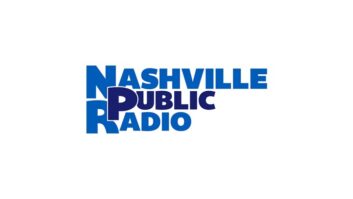The Public Radio Satellite System began in 1979 by distributing programming to 192 public radio stations — becoming the first entity to use satellite technology to create a national distribution network for public radio.
Now, the system transmits some 400,000 hours of programming annually from 200 or so producers to more than 800 public radio stations.
PRSS is marking its 30th anniversary and says it will be celebrating the milestone over the next year at industry conferences, public radio events and other venues.
Based at NPR headquarters in Washington, the PRSS’ Network Operations Center operates an IP-over-satellite system that enables transmission of programming and other digitized content. The PRSS’ ContentDepot service is public radio’s national program distribution system and uses a combination of Internet and satellite technologies to offer automated content delivery services to stations.
Last month, the PRSS expanded with the creation of a new Technology Research Center, anchored by NPR Labs, as RW has reported. The TRC offers research and consulting services to the broadcast industry.
NPR’s Distribution Division has managed the self-sustaining PRSS since its inception, with funds for capital improvements and system replacement provided by Congress through the Corporation for Public Broadcasting. NPR Distribution Vice President Pete Loewenstein calls PRSS “the backbone of public radio,” characterizing the system as the “conduit through which most public radio programming flows,” binding stations and producers together into a national system.
Related:
“NPR Labs Now Part of Tech Center,” Nov, 8 2009







